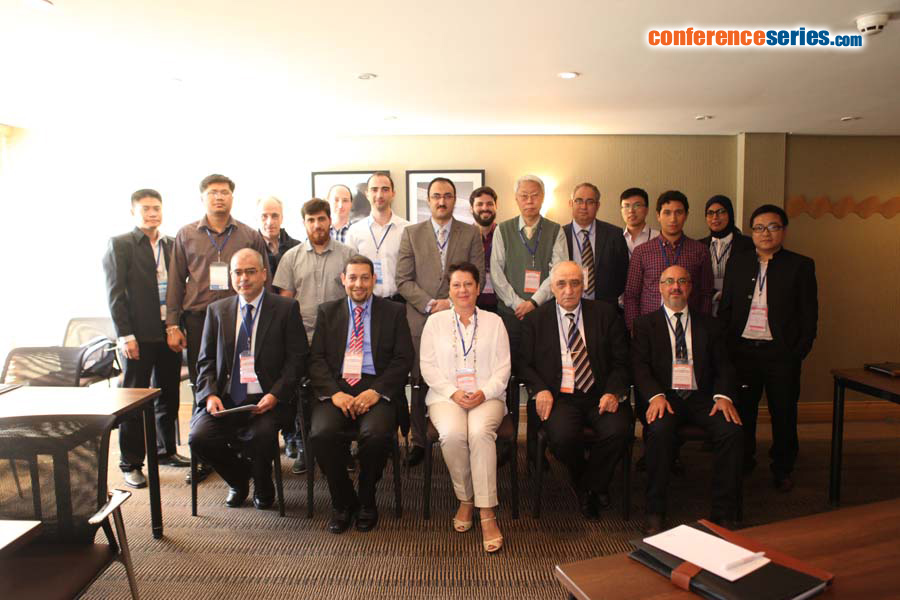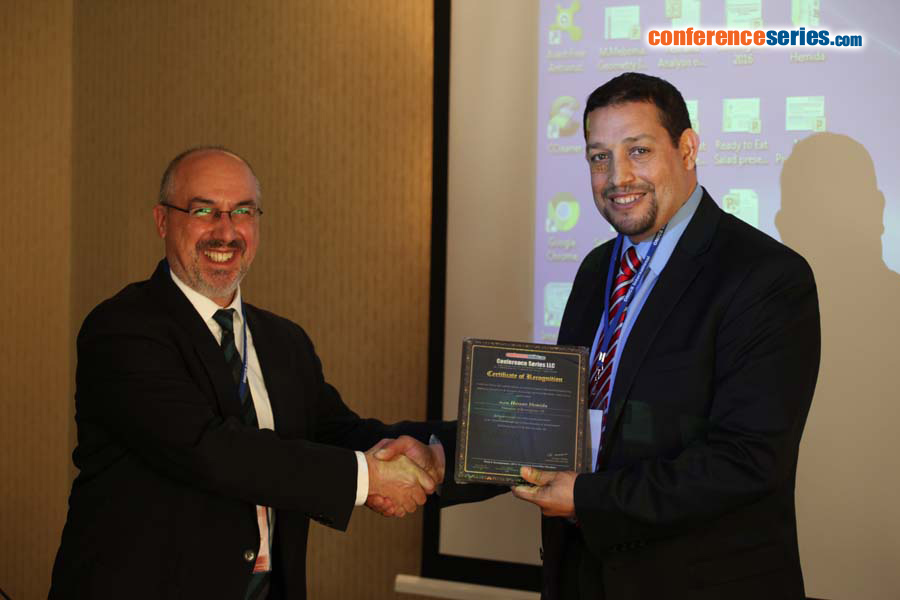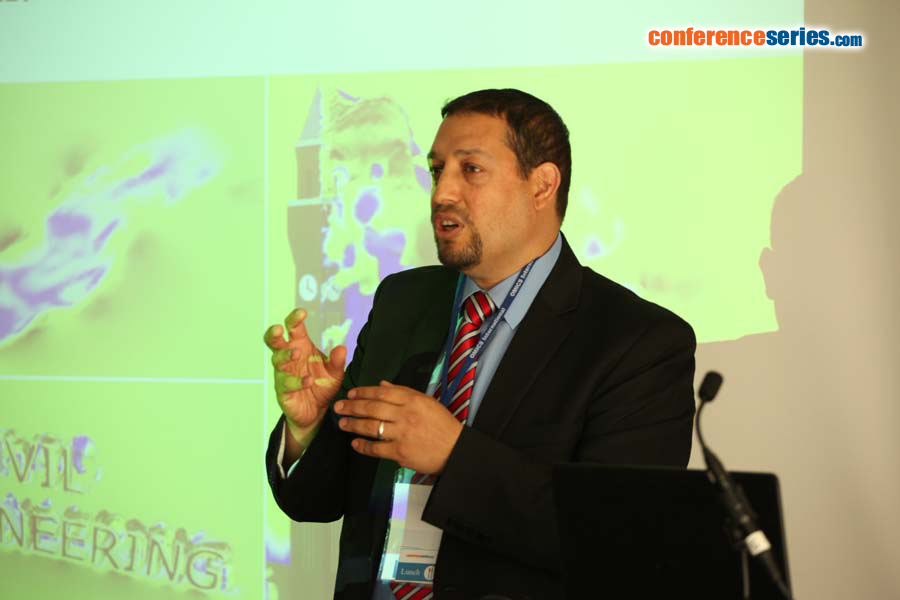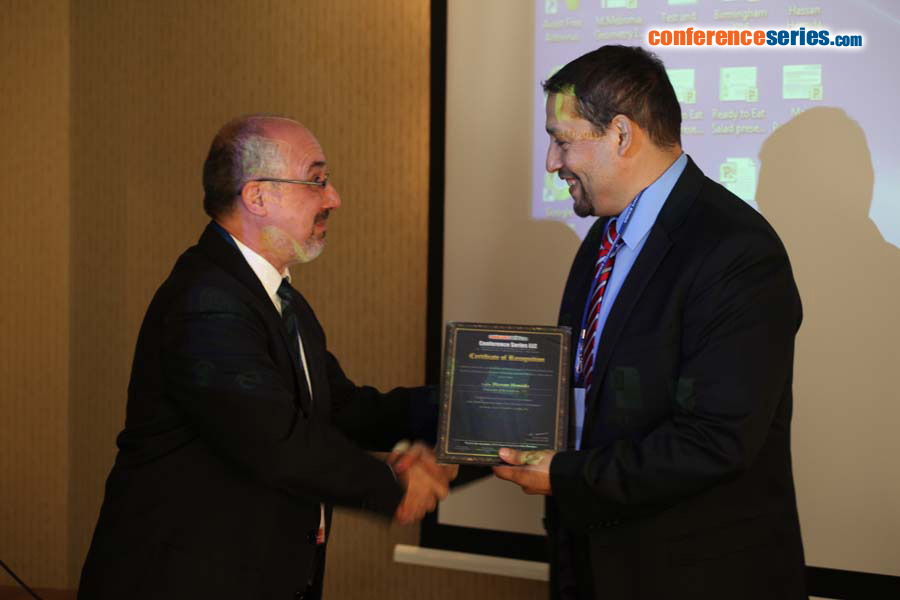
Biography
Biography: Hassan Hemida
Abstract
Traditionally, train aerodynamics was limited to the study of train drag reduction. Recently with the introduction of high-speed trains, the field of train aerodynamics became more and more important and of a direct concern to both train operators and manufacturers and new areas of research have been emerging. These include safety of trains in strong crosswinds, slipstream, noise and vibration, pressure pulses in tunnels and many other issues. Due to its own complexity and expenses, the measurements of aerodynamic phenomena on a full-scale train at the operating speed is extremely difficult and thus most of the researches of the aerodynamics of high-speed trains rely on small-scale physical modelling and computational fluid dynamics (CFD) techniques. Each of these has its own issues, however. The use of Computational Fluid Dynamics (CFD) to study train aerodynamics is an ever changing field due to continual increase in computational power. As new approaches become more viable, research must be conducted upon their validity. In this talk, the recent development of the use of CFD in train aerodynamics will be presented, starting from the drag reduction, crosswind forces on trains, slipstream and train pressure pulses on tunnels. Part of this talk will be also looking at the different CFD techniques and their validity for train aerodynamics and how they compare with model and full scale experiments.
Speaker Presentations
Speaker PPTs Click Here





